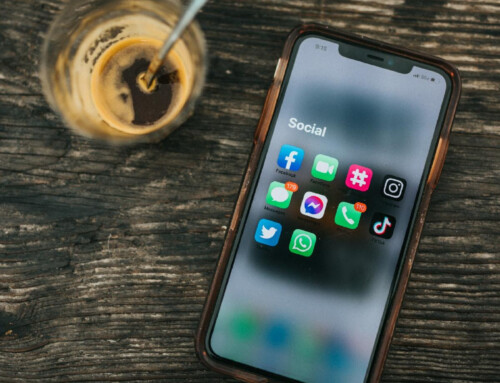Businesses often want to have a trademark that describes what they’re selling, but in order to be protectable, a trademark must be “distinctive.” That is, it must be used to identify the source of the product or service, not just describe it.
Courts classify marks into categories of distinctiveness. The most distinctive marks are those that are arbitrary or fanciful. Examples include EXXON for gasoline and APPLE for electronics.
Suggestive marks, those that require some imagination to determine the nature of the goods or services, are also protectable. An example is MUSTANG for fast cars.
Generic terms receive no trademark protection, while a descriptive mark receives trademark protection only if the mark’s owner can prove that the mark has acquired “secondary meaning” in the minds of the relevant public. In other words, consumers must associate the mark with a unique source and think of the term as a brand rather than as a description.
For example, TV GUIDE is descriptive of a guide to TV programs; yet because of its extensive advertising, promotion and public recognition, this mark has achieved what is known as a secondary meaning (i.e., distinctiveness). It is, therefore, protectable.
Last week, the Court of Appeals for the Seventh Circuit affirmed a lower court’s opinion that found CAPSULE to be descriptive for cell phone cases.
Uncommon, LLC and Spigen, Inc. both use CAPSULE in the names of their cell phone cases, and Uncommon sued Spigen for trademark infringement. Spigen then asked that Uncommon’s registration for the CAPSULE trademark be canceled for genericness and descriptiveness.
Although the court found that the CAPSULE mark is not generic, because the word “capsule” is not “commonly used to denote” cell phone cases, it did hold that the mark was merely descriptive.
Uncommon had argued that its mark is at least suggestive, but the court disagreed, noting that the Oxford English Dictionary defines “capsule” as a “little case or receptacle,” and Webster’s defines it as “a small case, envelope, or covering.”
The court went on to find that the mark lacks secondary meaning and ordered the US Patent and Trademark Office to cancel Uncommon’s registration for CAPSULE.
In determining that the CAPSULE mark had not acquired secondary meaning, the court noted that Uncommon’s use of the term had not been exclusive (there were other users in addition to Spigen) and the mark had been used for only eight years.
Further, the only survey admitted as evidence showed that a mere six percent of consumers of cell phones and cell phone cases (excluding employees in the industry) were familiar with CAPSULE as a brand name. In comparison, more than 60 percent were familiar with OTTERBOX cases.
Because Uncommon’s mark was found to be descriptive and lacking secondary meaning, and is, therefore, invalid, the court held that Spigen had not infringed Uncommon’s trademark rights.
Please feel free to contact us if you have any questions about trademark law or if you need assistance registering or protecting your trademarks.
Photo by Hassan OUAJBIR on Unsplash






